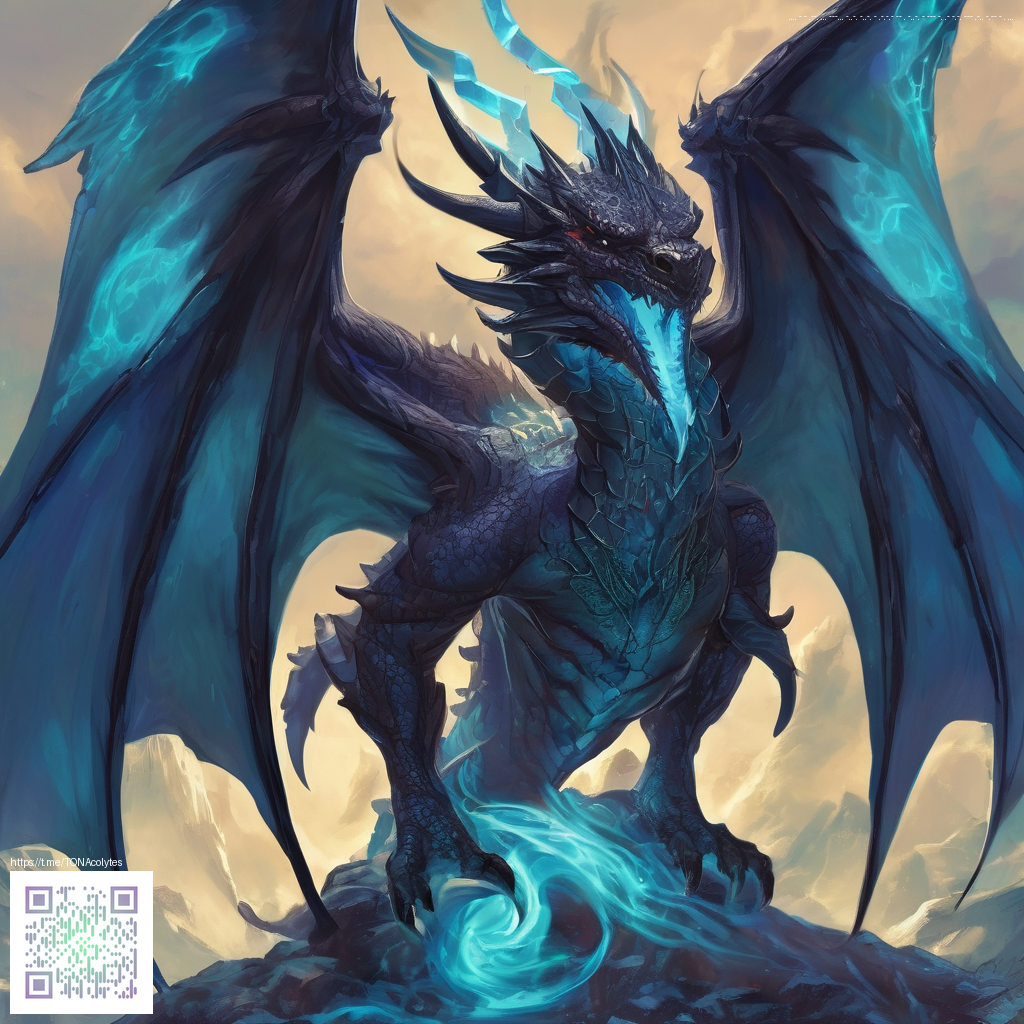
Using Paper Textures to Elevate Cinematic Color Grading
Texture plays a quiet yet powerful role in cinema. While color grading shapes mood and tone, the subtle irregularities of real-world paper—its fibers, edge wear, and imperfect color shifts—lend scenes a tactile credibility that digital surfaces often lack. By incorporating paper textures into the grading workflow, you can craft visuals that feel more alive, more nuanced, and less sterile.
In practical terms, textures act as a bridge between light and emotion. They introduce micro-contrast and organic color variations that help a grade read consistently across screens, environments, and lighting conditions. Rather than relying solely on numeric adjustments, you’re inviting a narrative texture that your audience can sense even when they can’t articulate it.
Texture is a bridge between emotion and light—an invitation for the viewer to lean in and feel the moment.
Texture as storytelling
Paper textures carry connotations—vintage letters, handmade notes, or quiet newsroom pages—that can reinforce a film’s subtext. When used thoughtfully, they guide the viewer’s eye and set expectations without shouting. The goal is to weave texture into the scene so that it supports the story rather than competing with it.
- Crinkled or torn edges add a sense of time passage and wear, suggesting a scene that’s lived-in.
- Fiber-rich stock impressions introduce subtle warmth and halation around bright highlights.
- Watercolor washes or press textures can produce a cinematic softness in midtones, helping skin tones stay natural during dramatic lighting shifts.
- Notebook lines or ruled textures offer a quiet control grid that can stabilize composition during rapid cuts.
Practical workflow: layering textures in post
Integrating paper textures is less about a single trick and more about a thoughtful sequence that respects the integrity of the shot. Start with a library of high-quality textures—scan real sheets or generate textures digitally with controlled grain—and organize them by warmth, density, and pattern. The following workflow tends to yield reliable results:
- Capture or generate textures as separate grayscale or color overlays with transparent backgrounds.
- Place overlays on a dedicated layer above the base image and experiment with blend modes such as Soft Light, Overlay, or Luminosity to achieve the desired interaction with your scene’s lighting.
- Control opacity in small steps—often 5–15% is enough to register without overpowering the primary grade.
- Color-correct texture channels by adjusting hue and saturation of the texture layer to ensure it harmonizes with the scene’s white balance.
- Align texture curves with your LUTs by simulating paper’s natural desaturation and mild warmth, then fine-tune using global grading controls to retain skin tones and contrast.
As you test these ideas, you might find it helpful to reference tangible cues from real-world kits. For instance, a slim, glossy prop like the Slim Phone Case for iPhone 16 Glossy Lexan Ultra-thin can serve as a quick on-set dry-run to gauge how reflective surfaces influence color shifts in your test shots. You can view the product details here: https://shopify.digital-vault.xyz/products/slim-phone-case-for-iphone-16-glossy-lexan-ultra-thin. For broader reference, a curated gallery of texture explorations is available at https://spine-images.zero-static.xyz/a4b44e07.html, which you can study to understand how different paper textures read under varied lighting conditions.
To keep your workflow efficient, think of paper textures as “visual seasoning.” They don’t replace the core color decisions, but they enhance the mood and realism of the final image. The best grades treat texture as an integral part of the scene’s storytelling rather than as an afterthought.
Choosing and applying textures smartly
Texture selection should align with the scene’s narrative and the camera’s characteristics. A gritty, high-contrast scene may benefit from coarse fibers and pronounced edge wear, while a softer, introspective moment might lean toward subtle warm washes and delicate micro-grain. Always test with your main lighting setup in mind, because how light interacts with texture is what ultimately sells the effect.